SPACE DISCOVERIES
Added on: 3rd Jan 2016
GIANT WATER RESERVOIR
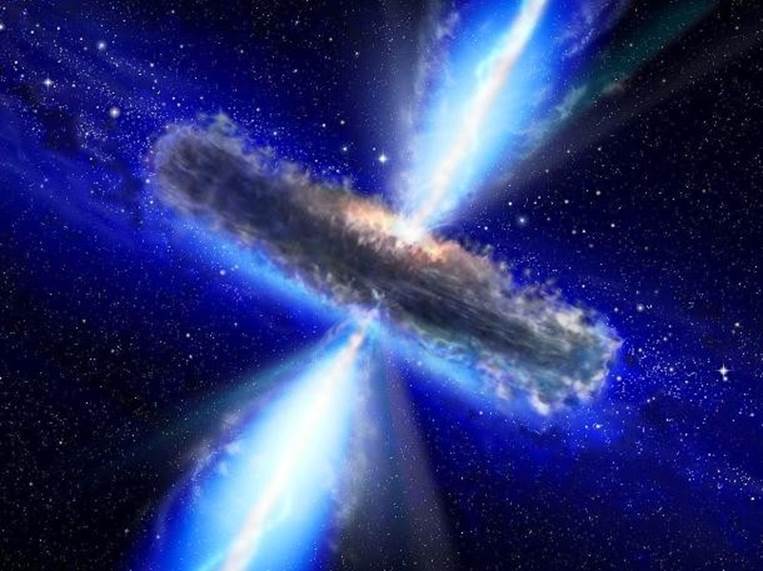
While astronomers had suspected there might have been large
amounts of water in outer space, in 2011, they were shocked to
discover an enormous water vapour cloud located about 10 billion
light years from Earth. Floating around a black hole, the cloud is
estimated to hold up to 140 trillion times the mass of water
found in all Earth´s oceans.
MILKY WAY´S SUPER-HOT COVER
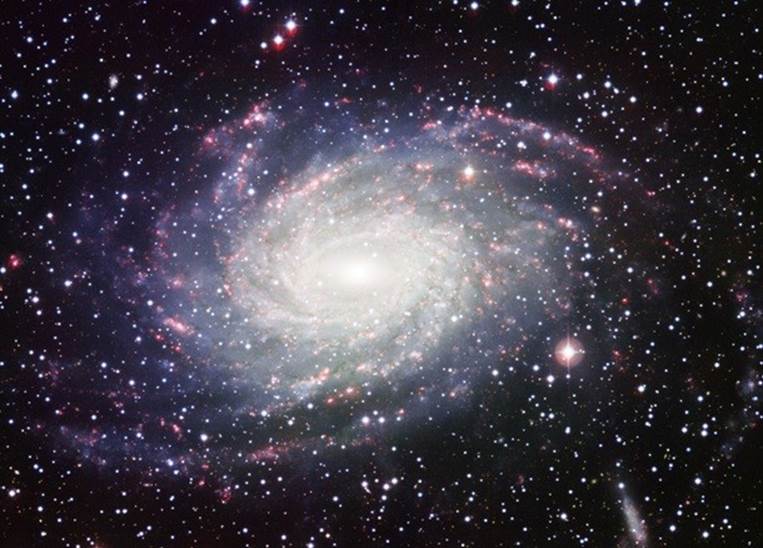
NASA’s Chandra X-Ray Observatory has recently found out that our
galaxy sits at the centre of an immense halo of hot gas extending
for hundreds of thousands of light years. Burning at a temperature of
1–2.5 million Kelvin, the gas halo is estimated to contain as much
mass as all the stars in the Milky Way combined.
HOT ICE WORLD
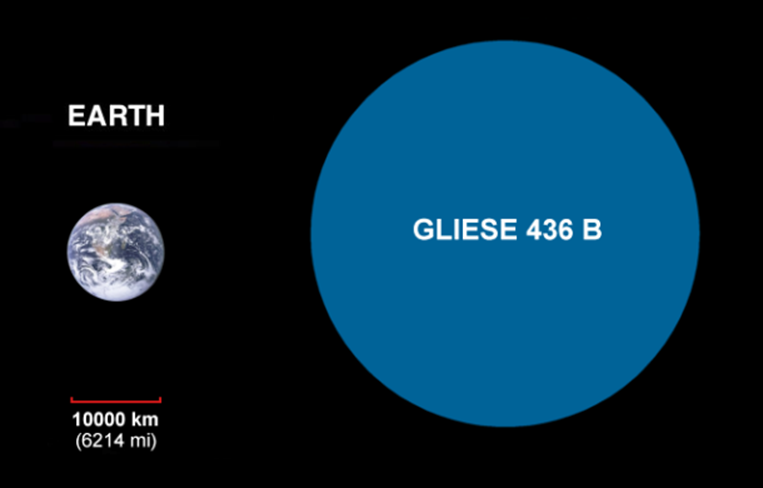
In May 2007, a team of Belgian astronomers announced the
discovery of a bizarre planet covered in hot but solid water.
Officially known as Gliese 436 b, it is a Neptune-sized exoplanet
orbiting the red dwarf Gliese 436. Although the planet´s temperature
reaches 439 C (712 K), its watery surface doesn’t evaporate.
Instead, it forms a kind of hot, high-pressured ice.
MYSTERIOUS PLANET

Dubbed “The Hell Planet”-due to its high content of burning lava-the
Kepler-78 b exoplanet was discovered in 2013. The mystery of
this planet relates to its origin as astronomers have no idea how
such a small planet, only 20 percent larger than Earth, could have
evolved so close to its parent star Kepler-78.
ENORMOUS STREAM OF HYDROGEN
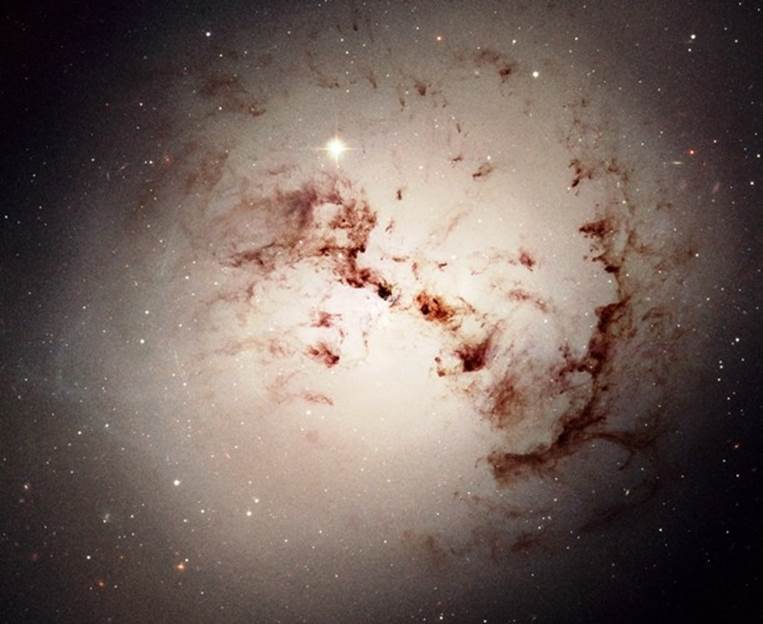
An international team of astronomers in Puerto Rico discovered a
2.6-million-light-year-long bridge of atomic hydrogen gas between
galaxies in the NGC 7448 galaxy group, some 500 million light years
away. What made this discovery so unique was – apart from the
stream´s gigantic size – the fact that gas streams are usually
found inside galaxies, not between them.
GALILEAN MOONS

When Galileo Galilei, a famous Italian Renaissance astronomer,
turned his newly constructed spyglass to the sky in 1610, he
had no idea he would discover the four largest moons of Jupiter
(now known as the Galilean moons). In fact, no scientist up to
that day had predicted that the other planets would also
have their own moons.
GIANT VOID
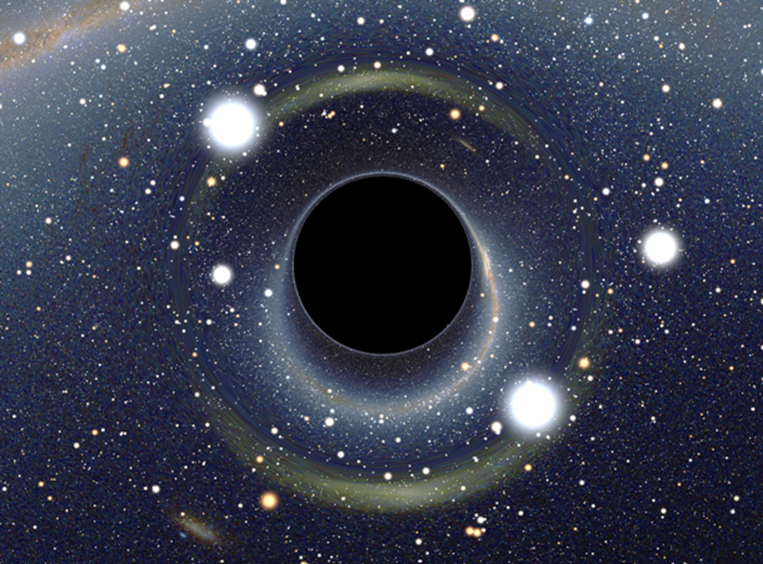
Also known as Canes Venatici Supervoid, the Giant Void is an
extremely huge region of “space emptiness” within the
constellation Canes Venatici. The discovery of this void
surprised astronomers as their theories were only able to deal
with much smaller empty areas in space. Measuring up to
1.3 billion light years across, the Giant Void is the largest
void ever detected.
URANUS
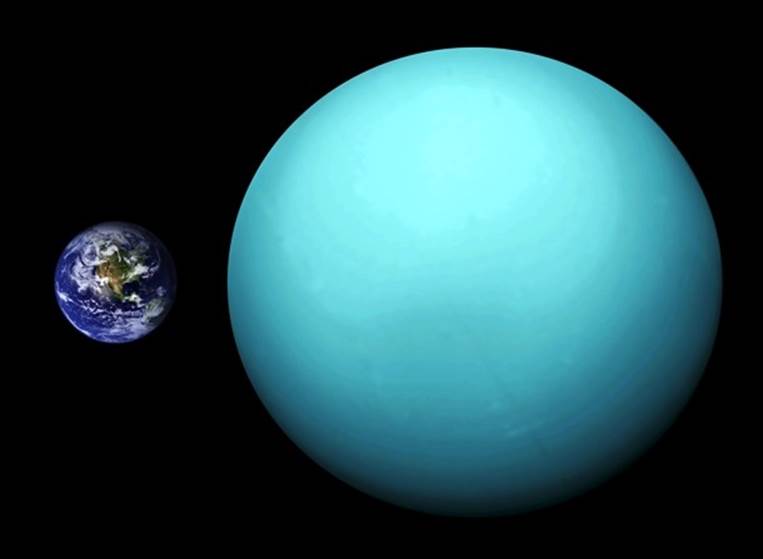
The seventh planet from the Sun, Uranus was discovered by
accident. William Herschel, a German-born British astronomer
discovered Uranus in March 1781 while surveying bright stars
and nearby faint stars with his new telescope.
FIRST ASTEROID
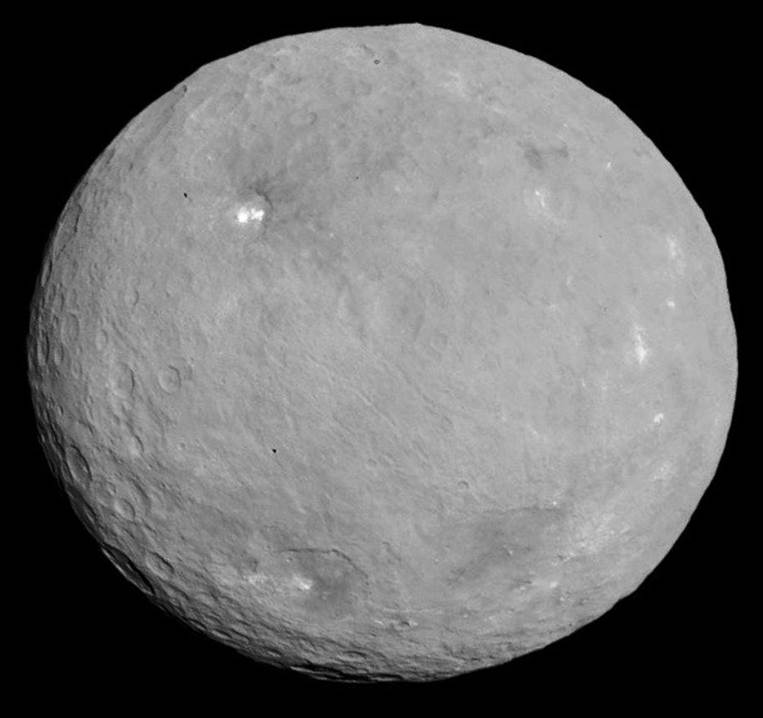
Named Ceres, the first asteroid was found by an Italian astronomer
Giuseppe Piazzi at Palermo, Sicily, in January 1801, while Piazzi was
compiling a catalogue of star positions. Located in the asteroid
belt between the orbits of Mars and Jupiter, Ceres was originally
considered a planet for many years. These days, it is
classified as a dwarf planet.

Comment on this